From today until Saturday the European Union celebrates the ‘Erasmus Days 2020’, a grand showcase of the Erasmus+ Programme in Europe. What better occasion to share our experience and reflect on the role the European support has played for the creation and expansion of the Mixed Ability movement across the world? We’ve talked about this with International Mixed Ability Sports Founder and Director Martino Corazza, who has first-hand experience of the benefits of the Erasmus+ scheme for transforming lives.
How did you come across the European mobility schemes?
Back in 2009 I was working as a support teacher for disabled students in mainstream schools across the city of Turin, in the north of Italy. Having played rugby for a long time, I had decided with some friends and teammates to create a club fully dedicated to promoting social inclusion through rugby, so Chivasso Rugby was born. Although I was aware of Erasmus during my days at uni, I never thought it was something for me. Then I came across the European Commission’s Lifelong Programme, which was meant to support teachers, educators, and trainers in the adult education sector in spending some meaningful time abroad, as a staff member, within an educational organisation. It seemed like an extraordinary opportunity to share my experience and learn more from a different context in another country, whilst actively working and being financially backed by a European grant (at that time Grundtvig Assistantship).
Why did you apply in the first instance?
I thought what we were doing in Turin, namely combining rugby and education, must have a match in other parts of Europe. It was my firm belief that we needed to create a network to bring the transformation I was witnessing to as many people as possible. The rest was out of my hands… Just to give you an idea, I applied unsuccessfully a couple of times, the second one to spend a full season in Carmarthenshire with the Llanelli Warriors, but the bid didn’t receive the right support (otherwise I might be telling a different story, with a Welsh accent!). Nevertheless, Gwilym Lewis, their manager, put me in touch with another project in England that managed to combine education and rugby for all, the Bradford Bumble Bees Barbarians. Their manager, Mark Goodwin, was also a tutor for the Workers’ Educational Association, the UK’s largest voluntary sector provider of adult education. The WEA accepted my proposal and welcomed me as a tutor for a full academic year, working in tandem Mark. That was September 2012, little did we know how the story would unfold…
What was unique about the Bradford context?
The Mixed Ability team has always been fully included in the club, just like the first team, second team, or the juniors, because in Mixed Ability players are equal members. But we also had a weekly group, the ‘Inclusion in Rugby Class’, made up of rugby players with and without disabilities who come together as trainers in order to co-produce educational resources, presentations and be mentors for their peers. The class Mark and I were teaching went from strength to strength, training grassroots sports clubs, GPs, healthcare professionals, and so on. For instance, the class was instrumental in supporting the creation of more than 20 Mixed Ability rugby teams across England, one in Ireland, and set the example for more sports to follow. The organisation of the first Mixed Ability Rugby World Tournament in Bradford, which saw more than 400 players of all abilities, from 12 different countries, countries playing full-contact rugby together, was also instrumental in putting Mixed Ability on the map. That is also the reason why IMAS was born.
How has the relationship with Erasmus+ progressed over the years?
Over the years, we have applied several times for European funding. Erasmus+ has allowed us to spread our vision of social inclusion throughout Europe, creating a robust network of likeminded people and organisations, across the sport, educational, advocacy and health sectors. It has generated opportunities for thousands of people who were previously excluded from sport because of their ability. For instance, thanks to the MIXAR project, there are now Mixed Ability teams in Belgium, the Netherlands and Ireland. The resources co-produced with the participants have been translated into several languages, and been adopted as far as Ecuador and Argentina!
How does Mixed Ability align with the European strategies?
Mixed Ability embraces diversity, and places it centre stage. The equal interaction between people of all abilities, from diverse backgrounds, experiencing different barriers to participation within mainstream settings, leads to a change in attitudes and perceptions, which in their turns change people’s behaviours. It’s not about ‘us’ and ‘them’, it’s about recognising diversity as the precondition to repair injustice and removing the barriers faced by the most disadvantaged. In this sense, Mixed Ability acknowledges the social model of disability, but it also enacts the art. 30 of the UNCRPD, which is at the core of the European strategies in the field of inclusion.
What are the wider lessons you want to share First of all, it’s fair to say that without that first Grundtvig grant, I wouldn’t have had the means to take that leap of faith and move to England. As a result, IMAS wouldn’t have seen the light. But it did! Erasmus+ remains an irreplaceable way of supporting societal change, inclusion, research, and cooperation, at all levels. More importantly, it educates the future generations in collaboration and diversity. Today, more than ever, it’s important that young people continue to have the opportunity to travel, share learning, and feel part of a wider community which transcends borders, and is openminded, multilingual and based on merit not on privilege. As our story shows, providing the right opportunities is all we ask for. Then we will make the road by walking!

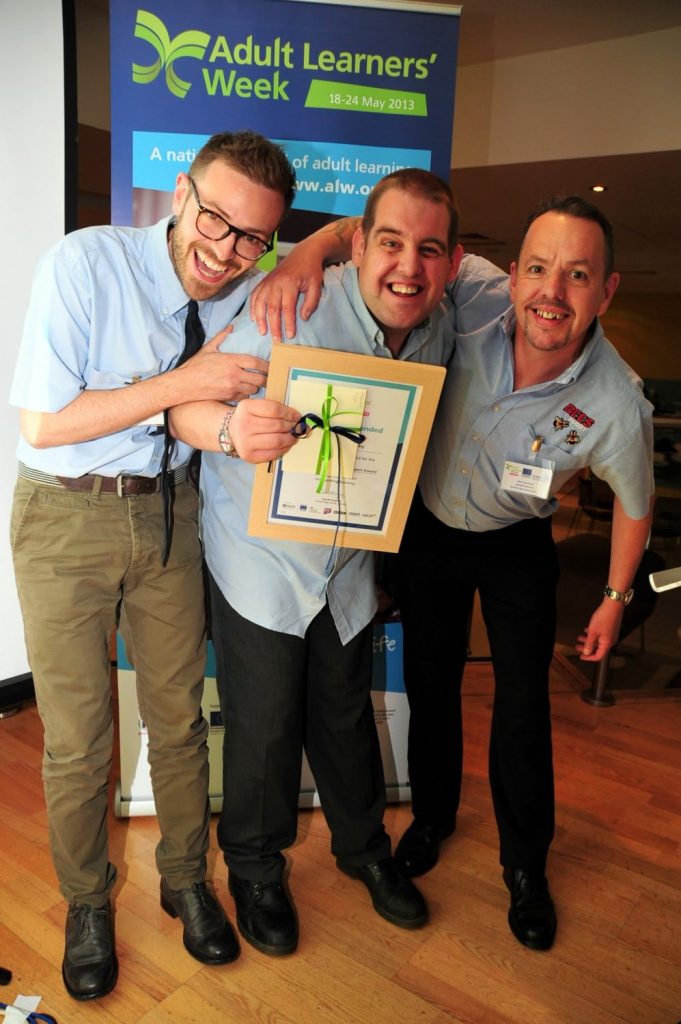
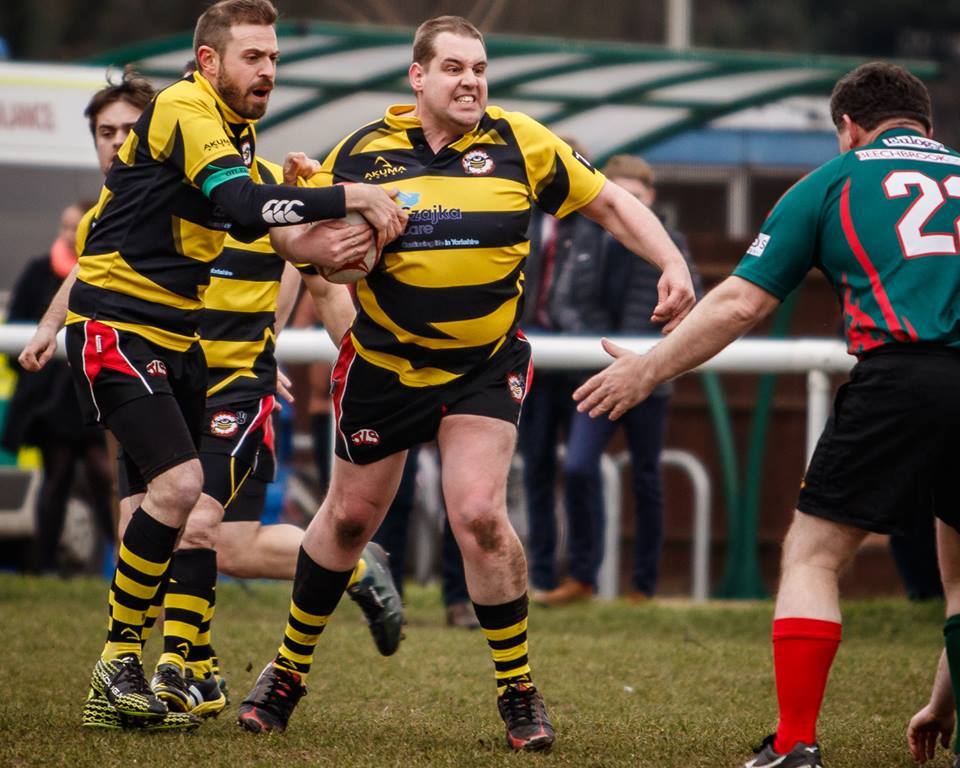

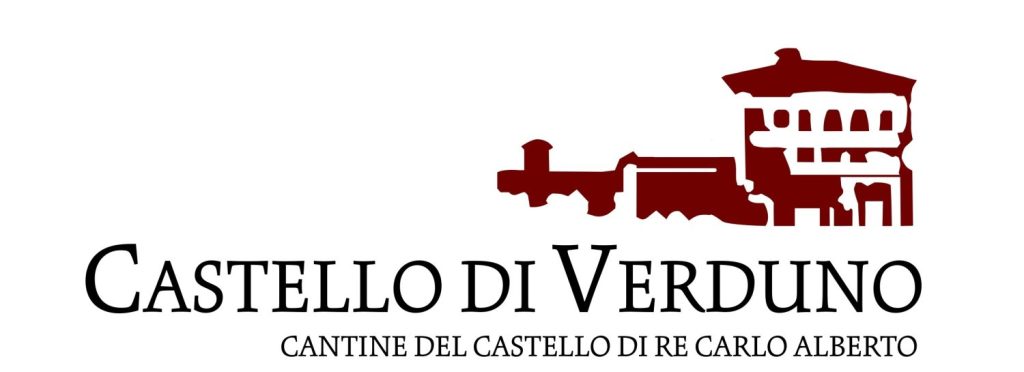
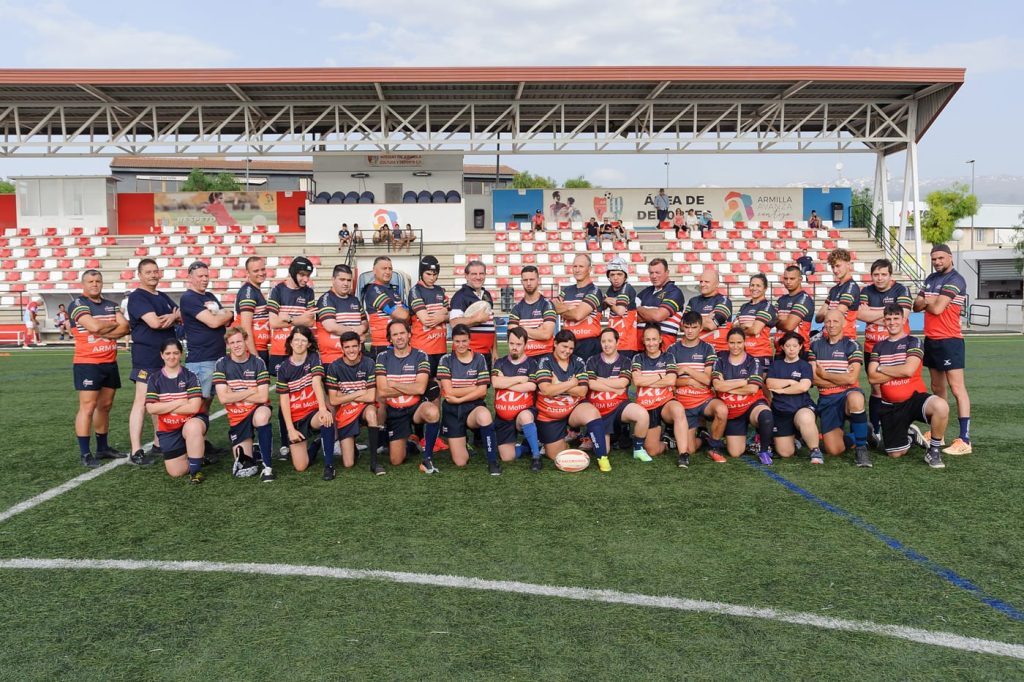
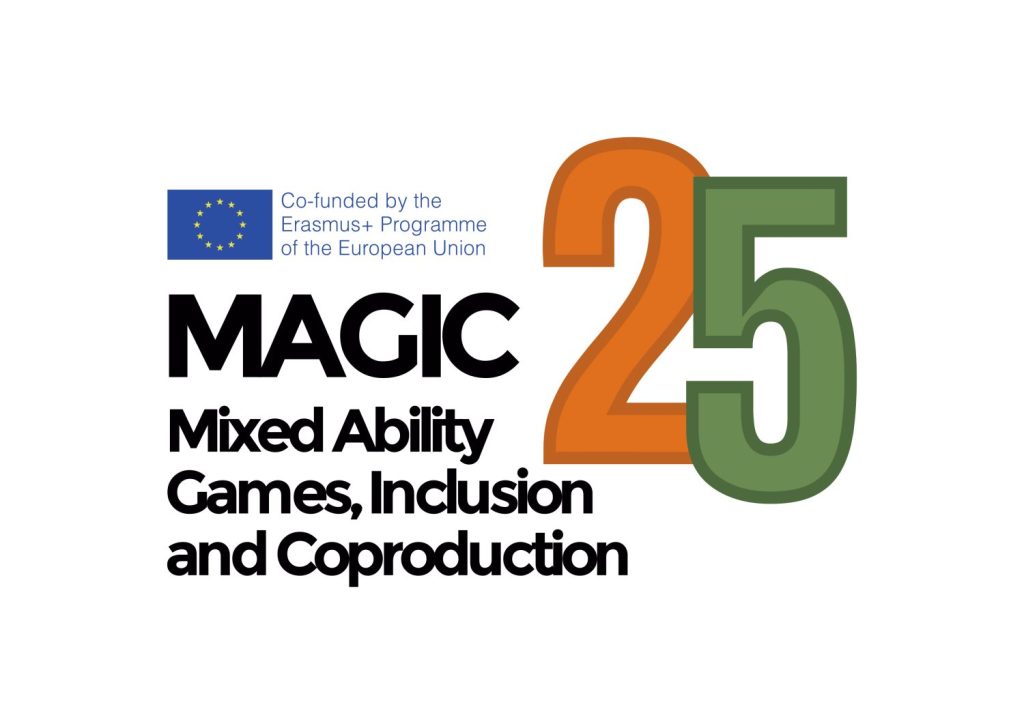
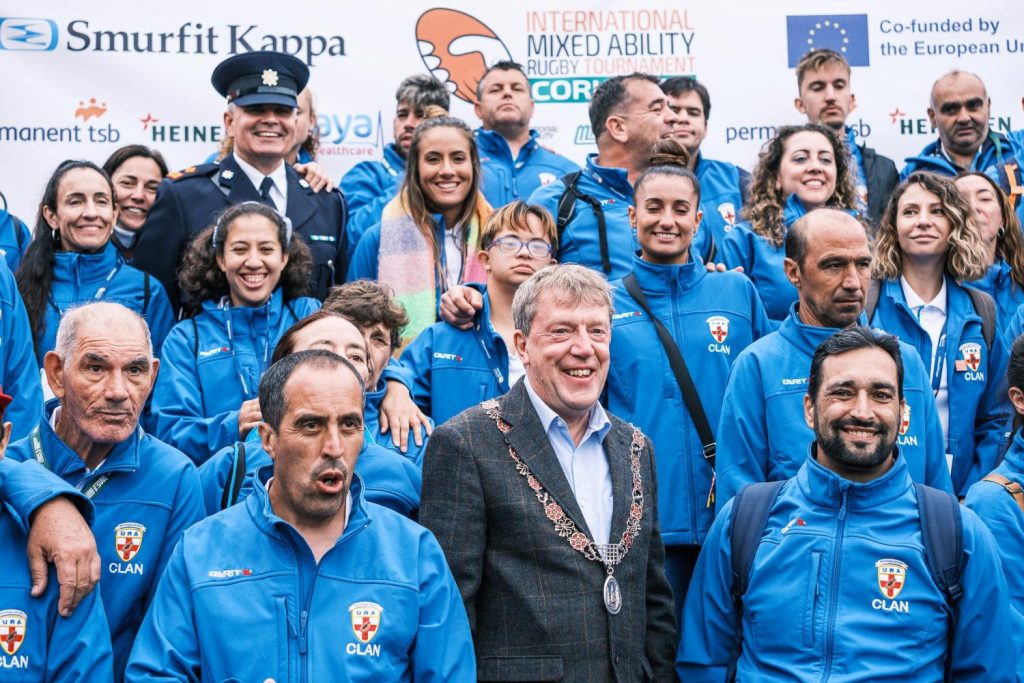
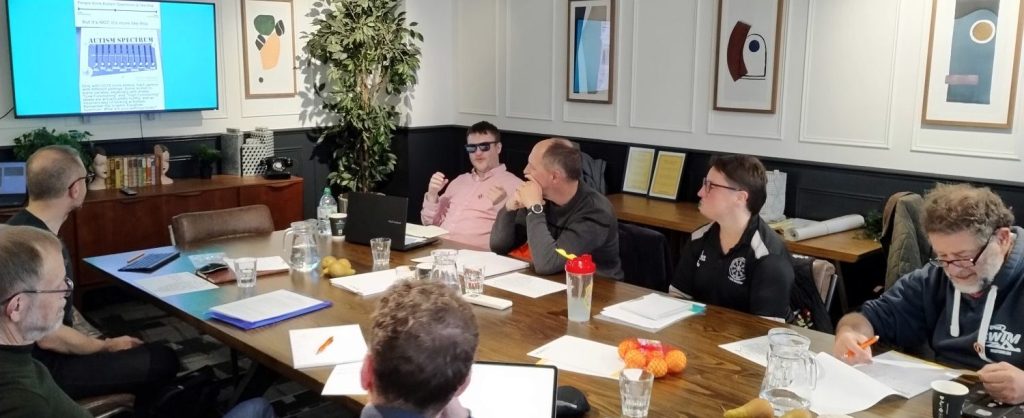
0 Comments